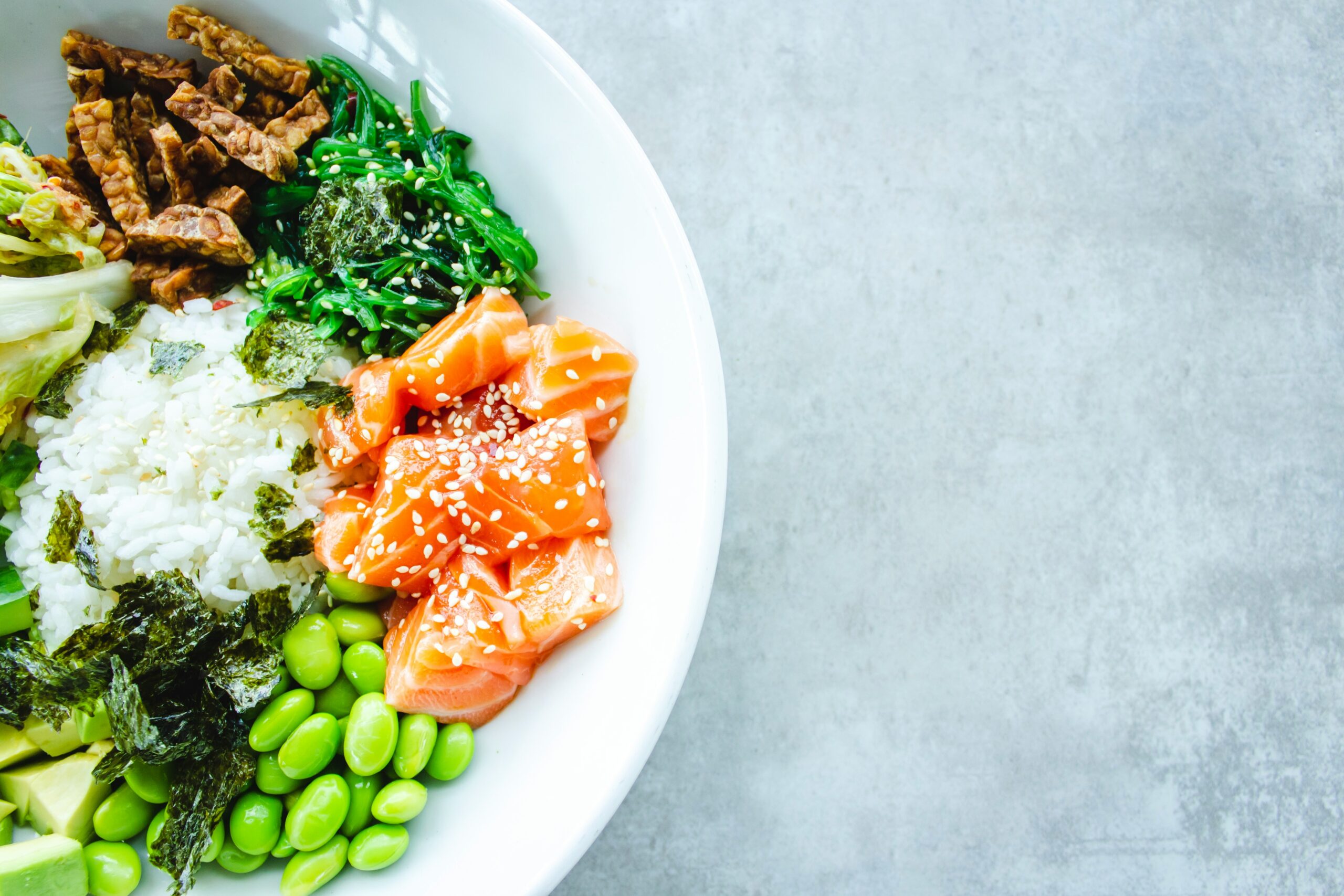At Clay, we believe in the power of simple things done consistently—and few things are as consistently impactful as getting enough protein. Whether we’re working with someone chasing better body composition, managing blood sugar, building strength, or trying to stay independent into their 80s, protein comes up every single time.
Outside of energy balance, protein is the king of the macros. Yet it’s still the most under-consumed—especially outside of the elite athlete or weightlifting world. And that’s a problem, because the benefits of protein aren’t limited to gym rats and bodybuilders. Protein is critical for aging well, recovering properly, regulating metabolism, and making better food decisions throughout the day.
Let’s break down why.
Muscle Mass & Longevity: Protect the Engine
One of the strongest predictors of longevity isn’t your cholesterol or even your weight—it’s your muscle mass.
As we age, we naturally lose muscle in a process called sarcopenia. This loss is one of the biggest drivers of frailty, insulin resistance, poor metabolic health, and even injury risk. Without intentional strength training and adequate protein intake, most adults will lose significant lean mass by midlife.
At Clay, we treat muscle as a biomarker for aging well. And one of the most powerful levers for maintaining muscle is hitting daily protein targets—especially in consistent, evenly spaced meals throughout the day.
Metabolic Health & Fat Loss: Protein Is a Multiplier
Protein does more than build muscle—it actively improves how your body handles food, stores energy, and burns fat.
- Insulin Sensitivity: Protein helps maintain lean mass, which improves how your body disposes of glucose.
- Thermic Effect of Food (TEF): Roughly 20–30% of calories from protein are burned during digestion. (Compare that to just 5–10% for carbs and 0–3% for fats.)
- Preservation of Lean Mass: During fat loss phases, protein helps you keep muscle so your metabolism stays strong and your weight loss is sustainable.
In other words, if you’re trying to lose fat without enough protein, you’re likely losing the wrong kind of weight.
Performance & Recovery: Fueling Adaptation
Whether you’re training for a race, hitting the gym a few times a week, or just trying to feel strong and capable, your muscles need raw material to recover and grow. That material is protein.
- Muscle Protein Synthesis (MPS): This is the process your body uses to build and repair muscle. It’s triggered best by getting 30–50g of high-quality protein in a meal.
- Connective Tissue Support: Protein isn’t just for muscles—it strengthens tendons, ligaments, and joints to reduce injury risk.
Protein is the most filling macronutrient, hands down.
When you start your day and your meals with protein, you naturally:
- Feel fuller longer
- Reduce cravings (especially for highly processed carbs and sugars)
- Make more nutrient-dense food choices throughout the day
It’s not magic—it’s physiology. Clients often tell us, “When I hit my protein goal early, the rest of my day just falls into place.”
The Clay Nutrition Philosophy: Early in the Day, Early in the Meal
We follow a few key principles at Clay when it comes to protein:
Distribute protein evenly. Aim for 30–50g per meal to maximize muscle protein synthesis and recovery.
Start your day with 30–40g+ (minimum) of protein. Your first meal sets the tone for blood sugar control, appetite regulation, and muscle recovery.
End your day with 30–40g+ (minimum) of protein. It’s important to hit that goal for your last meal of the day, as well.
Eat protein first at every meal. This improves digestion, enhances nutrient absorption, and helps stabilize blood sugar.

Optimized Order of Eating
- Protein
- Fiber & non-starchy veggies
- Healthy fats
- Carbs
Whole Foods First—Supplements When Needed
Fuel doesn’t exist in a vacuum. At Clay, we tie your nutrition strategy to your training program. We always prioritize whole, nutrient-dense protein sources:
- Lean meats (chicken, beef, turkey)
- Fish and seafood
- Eggs
- Greek yogurt, cottage cheese, and other high-protein dairy
Vegan or mostly plant-based? We’re living in the golden age for plant-based options.
- Lentils, beans, and chickpeas
- Tofu, tempeh, and edamame
- Quinoa, buckwheat, and other high-protein grains
- Nuts, seeds, and nut butters
- Plant-based protein powders (pea, hemp, soy, etc.)
These have complete amino acid profiles, excellent digestibility, and keep you full. If you’re plant-based, it’s totally possible to hit protein goals—it just requires more variety and often larger quantities to meet amino acid needs.
Supplements can help when protein needs are high or time is tight. We recommend third-party tested powders with minimal ingredients and no added junk. Your Clay coach or clinician can help you find one that fits your goals and preferences.
How We Use Protein at Clay
Protein isn’t just a nutrition tip—it’s a strategic tool we use across:
- Body recomposition and fat loss
- Strength and athletic training
- Metabolic and hormonal optimization
- Long-term health and healthy aging
It’s the one macronutrient I ask nearly every client to track—because it impacts nearly every system we care about.
Want to level up your protein game?
Reach out to Clay Health & Care. We live and breathe this stuff. We’ll help you identify exactly how much protein you need, when to eat it, and the best foods and strategies to make it stick—without tracking forever or turning meals into a math problem.
Sources
- 🎙️ Podcast: Why Your Workout Isn’t Working for You – Dr. Casey Means & Dr. Gabrielle Lyon
- 🎙️ Podcast: Metabolic Health with Dr. Casey Means on Losing Weight to Gain Control by Gwen S. Alexander
- 📄 Article: How Much Protein Should I Eat to Lose Weight? – Verywell Health
- 🎙️ Podcast: Dr. Gabrielle Lyon: How to Exercise & Eat for Optimal Health & Longevity – Huberman Lab

